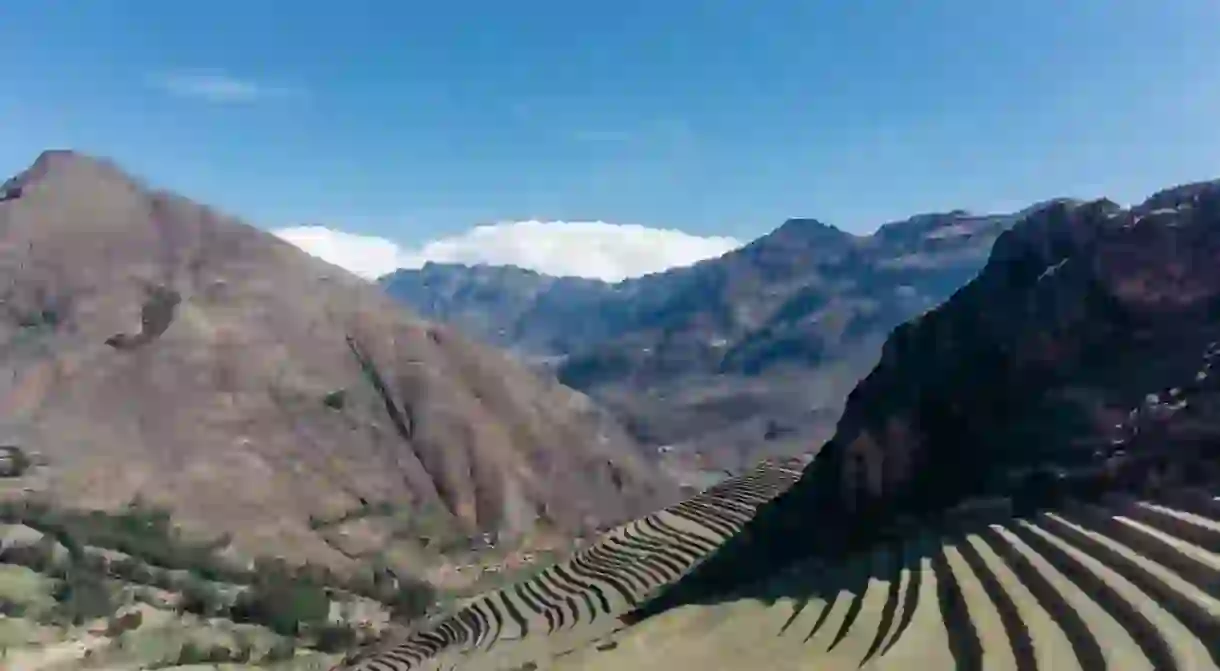Exploring the History Behind the Pisac Ruins

The Pisac ruins are among Peru’s most intact ancient sites, and a perfect example of ingenious Inca architecture. They are built on top of a mountain that towers over the small town of Pisac; the views of the countryside are spectacular and the ruins and their makers are remarkable. They’ll be the highlight of your trip to the Sacred Valley, and the charming, hippy town of Pisac will inevitably tempt you to stay for a couple for nights longer than you had originally planned.

Location
The ruins stand at what was a very strategic point for the Incas. They not only guard the Urubamba River below, but also a pass that leads towards the jungle to the northeast. The sheer size and location of the site also suggests that Pisac was an important defence against any potential invasion of Cusco, which was the capital of the entire Inca empire.


The climb
To get to the top you will need to pick up a trail that starts just left of the church in the Plaza de Armas. The hike goes straight up to the top and takes about two hours; it’s a good way to prepare for some of the longer treks you can do in the Andes. If you chose to hike up from the town, you’ll either have to hike all the way back down or take a taxi back from the other side of the mountain where the ruins end. What most people do is take a taxi to the other side of the mountain and begin from there, and then hike back down to Pisac.



The buildings
Hiking up from town, you’ll first encounter the fortress that looks out over the valley towards Cusco. In addition to being a lookout post, it could also be armed to defend the one road that leads to the top and to the rest of the city. The two most striking buildings are the temple, which displays the smooth and precise stonework that the Incas are famous for, and the many-roomed city that is perched on top of the mountain.


Royal Incas
The exact date of construction is unknown, but the ruins are believed to be either a gift to Inca nobility, or a defence against the invasion of Cusco. What is certain is that the site served more than one function. With military, religious, and agricultural structures, the site served at least three purposes and was able to support a whole community, even a small city, of Incas.



Sweeping terraces
The sweeping terraces are stunning to look at from afar, and are a distinct feature of Inca agriculture that you’ll find all over the Andean countryside. The Incas would grow their crops along the terraces to sustain their mountain-perched city.


















